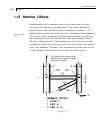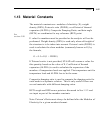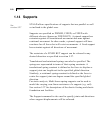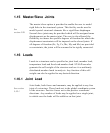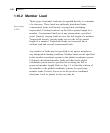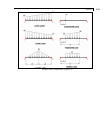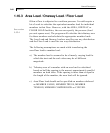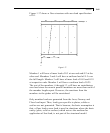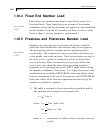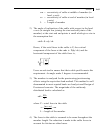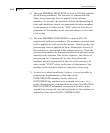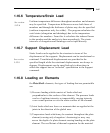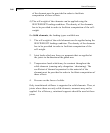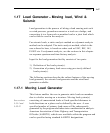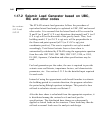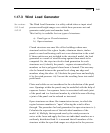
General Description
Section 1
1-62
1.16.4 Fixed End Member Load
Load effects on a member may also be specified in terms of its
fixed end loads. These loads are given in terms of the member
coordinate system and the directions are opposite to the actual load
on the member. Each end of a member can have six forces: axial;
shear y; shear z; torsion; moment y, and moment z.
See section
5.32.7
1.16.5 Prestress and Poststress Member Load
Members in a structure may be subjected to prestress load for
which the load distribution in the structure may be investigated.
The prestressing load in a member may be applied axially or
eccentrically. The eccentricities can be provided at the start joint,
at the middle, and at the end joint. These eccentricities are only in
the local y-axis. A positive eccentricity will be in the positive
local y-direction. Since eccentricities are only provided in the
local y-axis, care should be taken when providing prismatic
properties or in specifying the correct BETA angle when rotating
the member coordinates, if necessary. Two types of prestress load
specification are available; PRESTRESS, where the effects of the
load are transmitted to the rest of the structure, and POSTSTRESS,
where the effects of the load are experienced exclusively by the
members on which it is applied.
See section
5.32.5
1) The cable is assumed to have a generalized parabolic profile.
The equation of the parabola is assumed to be
ybx
ax
=++
2
c
where
()
a
L
es em ee=−+
1
24 2
2
()
b
L
em ee es=−−
1
43
ces
=
where es = eccentricity of cable at start of member (in local
y-axis)



